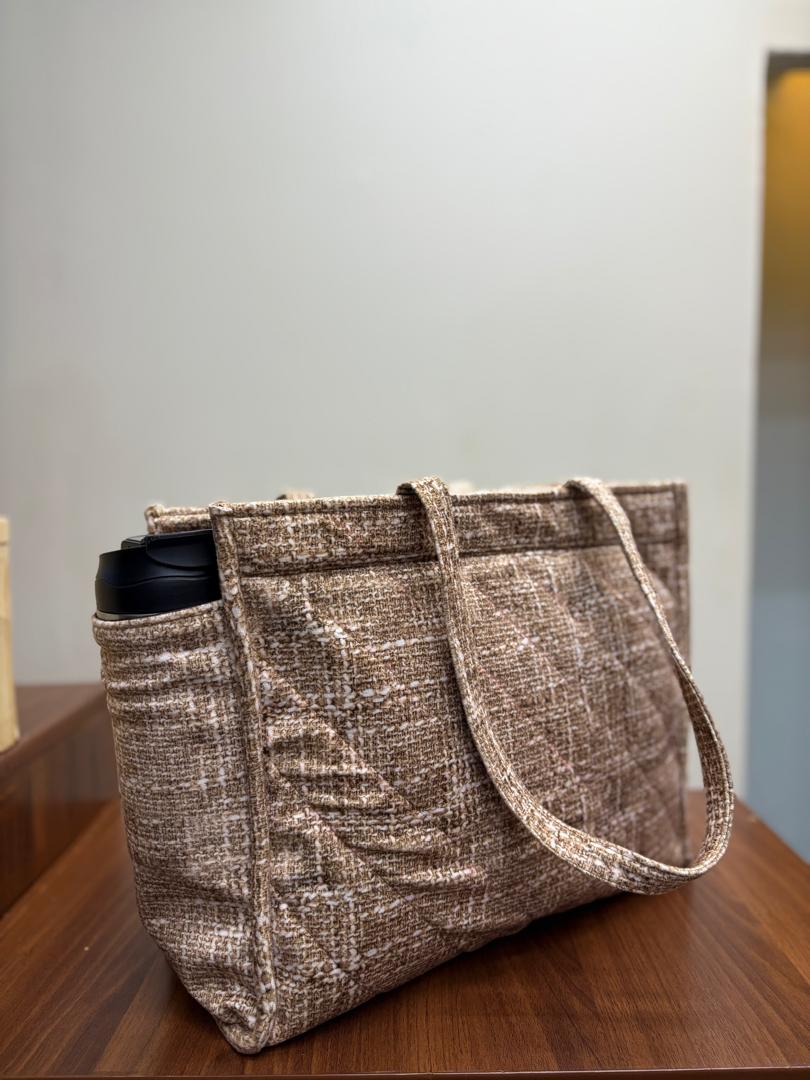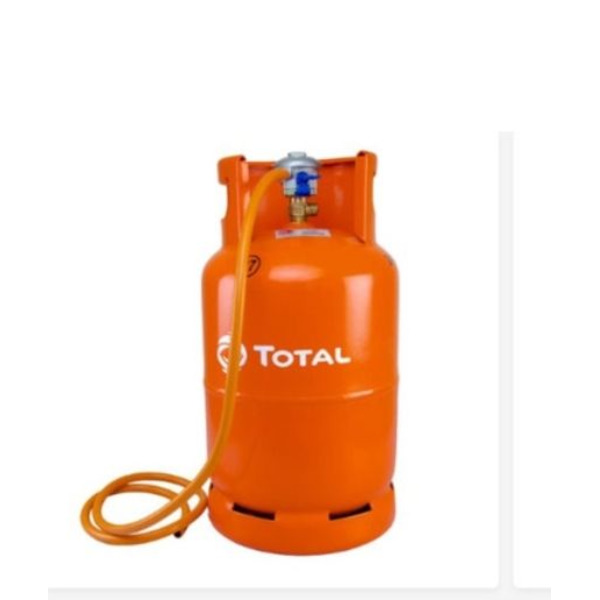Three Hours Late and It's Black Smoke

The first day of the papal conclave ended without a new pope, as black smoke billowed from the Sistine Chapel chimney at 9:01pm local time—nearly three hours after the expected time—signaling that no cardinal had secured the required majority in the initial vote.
The black smoke leaves Pope Pius XII as the only pontiff in modern times to have been elected inside the first day.
Pope Pius XII was elected on March 2, 1939, the same day the conclave began, after just three ballots.
Before modern conclave rules were standardised, some medieval and Renaissance popes were chosen even by acclamation or within hours.
Since Pius XII, all conclaves have taken at least two days or more, reflecting the increasing complexity and global nature of the Church.
The conclave, convened to elect a successor to Pope Francis, who died on April 21 at the age of 88, brought together 133 cardinal-electors from 70 countries.
It is the most geographically diverse gathering in the Church's history, reflecting the late pope’s commitment to global inclusion.
The day began with a Mass pro eligendo Pontifice at 10:00 AM in St. Peter’s Basilica, led by Cardinal Giovanni Battista Re.
Later in the afternoon, the cardinals entered the Sistine Chapel in solemn procession, took oaths of secrecy, and cast their first ballots.
The appearance of fumata nera—black smoke—confirmed that no candidate received the required two-thirds majority, or 89 votes.
The delay in the smoke’s appearance kept the world in suspense, as observers and pilgrims waited anxiously in St. Peter’s Square.
Vatican officials did not comment on the reasons for the unusual timing, but the late signal suggested lengthy deliberations among the electors.
Among the leading papabili is Italian Cardinal Pietro Parolin, the Vatican Secretary of State, who is believed to have drawn around 50 votes in the first round.
Filipino Cardinal Luis Antonio Tagle and American Cardinal Robert Prevost are also seen as strong contenders.
The conclave is set to resume on Thursday, May 8, with up to four voting sessions—two in the morning and two in the afternoon—each day until a new pope is chosen.
Recent conclaves have lasted between three and five days.
“The conclave will continue tomorrow morning when the cardinal electors will gather once more in the chapel around 10:30am Rome time to cast their votes again for the election of the 267th pope,” the Vatican said in a statement.
For now, the world waits for the white smoke that will mark the end of one papacy and the beginning of another.
Since Pius XII, all conclaves have taken at least two days or more, reflecting the increasing complexity and global nature of the Church









0 Comments